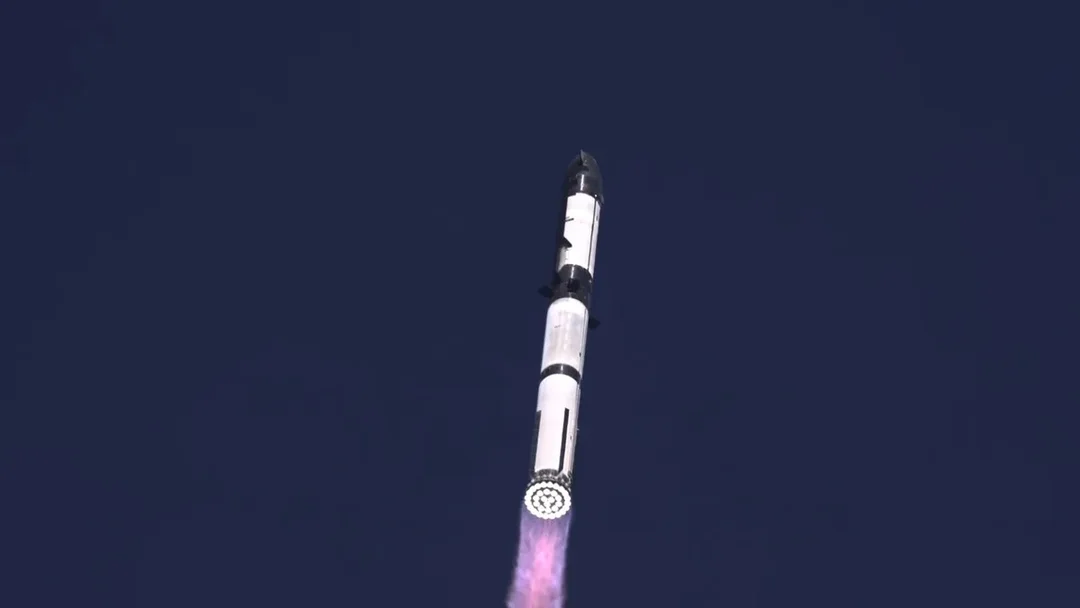
FAA Gives SpaceX Green Light for Starship Flight 9 After Explosive Mishap: Expanded Hazard Zones and Reuse Milestone
The FAA (Federal Aviation Administration) has officially authorized SpaceX to proceed with Flight 9 of its ambitious Starship program, marking a significant step forward despite the challenges encountered during previous test flights. This decision comes after a thorough safety review following the "mishap" during Flight 8 in March, where the Starship upper stage exploded over the Atlantic.
Key Takeaways:
- Return to Flight: SpaceX cleared by the FAA for Starship Flight 9 after addressing the issues leading to the Flight 8 anomaly.
- Expanded Hazard Zones: The FAA has nearly doubled the Aircraft Hazard Area (AHA) to 1,600 nautical miles, stretching from Starbase in Texas across Florida to the Bahamas and Turks & Caicos Islands, minimizing disruption to air traffic with scheduling requirements.
- Reuse Milestone: SpaceX plans to reuse a previously launched Super Heavy booster for the first time, a crucial step towards Starship's rapid reusability goals.
- Potential Launch Date: Airspace closure notices suggest Tuesday, May 27, as a possible launch date, although this is subject to weather conditions and SpaceX's readiness.
The FAA's approval follows a detailed examination of the Flight 8 incident, where the 171-foot-tall (52-meter-tall) Starship upper stage broke apart less than 10 minutes after launch. While the Super Heavy booster performed well, the incident prompted concerns due to debris falling near inhabited areas. "The FAA conducted a comprehensive safety review of the SpaceX Starship Flight 8 mishap and determined that the company has satisfactorily addressed the causes of the mishap, and therefore, the Starship vehicle can return to flight," FAA officials stated.

A significant change for Flight 9 is the planned reuse of a Super Heavy booster, a pivotal demonstration of SpaceX's vision for a fully and rapidly reusable launch system. This ambition necessitates expanded safety measures. "The Aircraft Hazard Area (AHA) for Flight 9 covers approximately 1,600 nautical miles and extends eastward from the Starbase, Texas, launch site through the Straits of Florida, including the Bahamas and Turks & Caicos Islands," the FAA explained. This contrasts with the 885 nautical miles covered during Flight 8.
Addressing debris concerns, the FAA has been in close contact with international partners including the United Kingdom, Turks and Caicos Islands, Bahamas, Mexico, and Cuba. According to Reuters, these regions experienced debris from previous Starship explosions, prompting cleanup efforts. The expanded hazard zone aims to minimize future risks.
While SpaceX has not confirmed an exact launch date, the anticipation is building for Starship Flight 9. This test flight represents a critical step in SpaceX's journey to develop the largest and most powerful rocket ever built, with the ultimate goal of enabling lunar and Martian settlement.
The FAA's green light for Starship Flight 9 underscores the complex balance between innovation and safety in space exploration. What impact do you think the reusability demonstration will have on the future of space travel? Share your thoughts in the comments below!